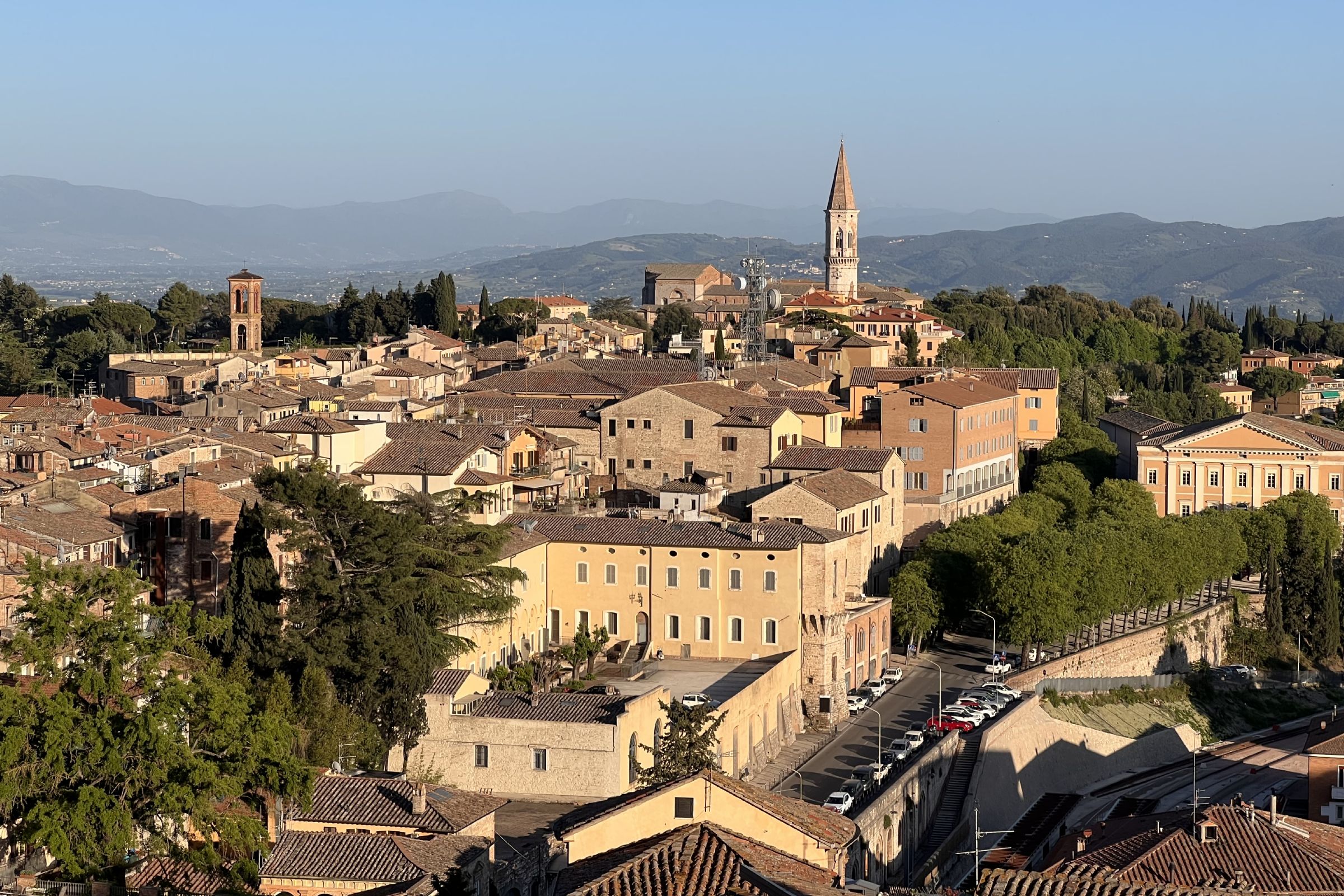Visit Perugia
Perugia is a city to be discovered, its streets, its alleys, its walls are rich in history. But the most famous postcard of Perugia is the famous Fontana Maggiore which is located in the square that is the heart of the city, between the cathedral and the Palazzo dei Priori .
This fountain made by the Pisanos, that is, by the greatest sculptors of the Middle Ages, represents the symbol of Perugia. Perugia assumes an important importance not only from a historical point of view, but also from an artistic and cultural point of view.
In fact, for art lovers Perugia offers a very rich itinerary, ranging from the wonderful works of Pietro Vannucci, known as Perugino , who left in Perugia some very important fresco cycles such as those of the Collegio del Cambio , to the works that we find going up to the noble floors of the Palazzo dei Priori with artists such as Beato Angelico and Piero della Francesca, and last but not least, also the great cycle of frescoes by Benedetto Bonfigli.
Archaeological areas
- The Etruscan well dates back to the second half of the third century BC and was the main source of water supply for the city in ancient times. About 40 m deep, it also served as a cistern, and is located in Piazza Danti.
- The Hypogeum of the Volumni is an Etruscan underground tomb from the second half of the 2nd century BC Located in the Palazzone Necropolis (6th-5th century BC) and located in today's hamlet of Ponte San Giovanni, it was the tomb of the family of Arnth Veltimna Aules.
- Hypogeum of Villa Sperandio (2nd century BC).
- Etruscan tomb of San Manno (3rd century BC), in the Ferro di Cavallo district.
- The Mosaic of Orpheus and the fairs or of Santa Elisabetta is a work of Roman workers of the second century, stood near the ancient Roman baths.
The walls of Perugia and the old city
Perugia has two city walls: the Etruscan walls were built between the 4th and 3rd centuries BC and were built in a rather unitary way; the second circle of walls, from the Middle Ages, reached the development of about 6 km and incorporated the villages created in correspondence with the five ancient gates.
